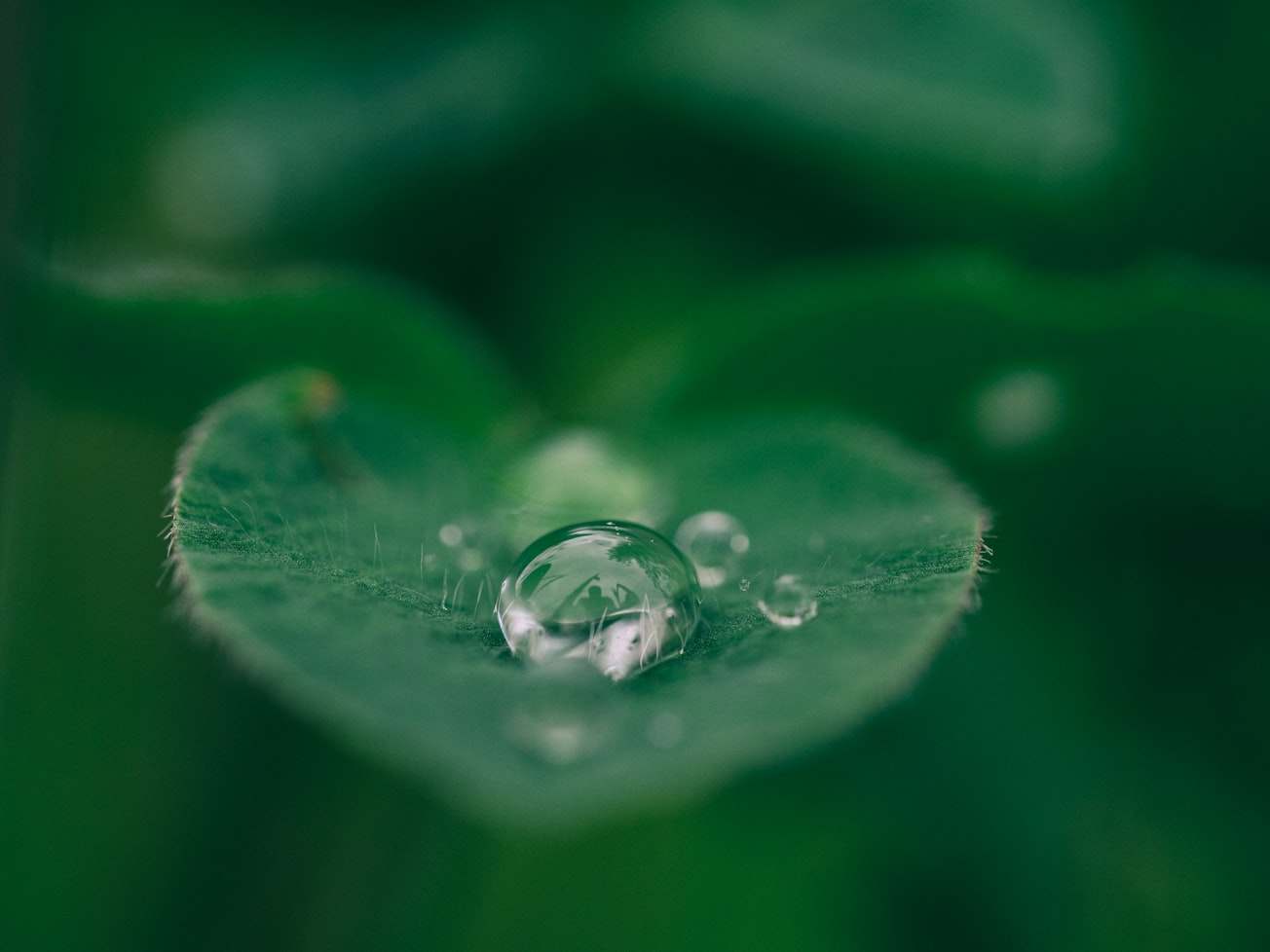What is it about?
The hydrophobic effect is the observed behavior of nonpolar substances (e.g. oils) to aggregate in water. This review focuses on molecular containers formed by assembly processes driven by the hydrophobic effect, and summarizes the progress made in the field between 2005 to 2015. Three classes of molecules are discussed: deep-cavity cavitands (i.e. bowl-shaped containers, with a deep, hydrophobic pocket), velcrands (related compounds that can stick together or form open containers), and amphiphilic cogs (cog-like molecules that combine to form molecular cages). These compounds are used by researchers to investigate how self-assembly can be applied to form structurally well-defined complexes on the molecular scale. The approaches demonstrate the importance of preorganization in using arrays of rigid molecules to define a specific form predisposed to bind, fold, or assemble.
Featured Image

Photo by Aaron Burden on Unsplash
Why is it important?
As the examples demonstrate, studying these systems and their properties is teaching us how to control self-assembly in water, shedding light on aspects of aqueous solutions chemistry, and illustrating novel applications that harness the unique properties of the hydrophobic effect.
Read the Original
This page is a summary of: Molecular containers assembled through the hydrophobic effect, Chemical Society Reviews, January 2015, Royal Society of Chemistry,
DOI: 10.1039/c4cs00191e.
You can read the full text:
Contributors
The following have contributed to this page







